Clint Eastwood’s “The Mule”: A Surprising Blend of Crime and Heart
Clint Eastwood steps back into the leading role for the first time in a decade with “The Mule,” a surprisingly vibrant dramedy that weaves together drug cartels, law enforcement, and the profound importance of family.
Earl Stone, once a celebrated florist, finds his craft fading into obscurity. Estranged from his family due to years of prioritizing work, his granddaughter remains his sole connection. On the eve of her wedding, an acquaintance of the groom presents Earl with an offer he can’t easily refuse: to drive packages from city to city. The contents, handled by his Mexican associates, are of little concern to Earl. However, they pique the interest of DEA agent Colin Bates, recently transferred to Chicago to combat the local drug cartel.
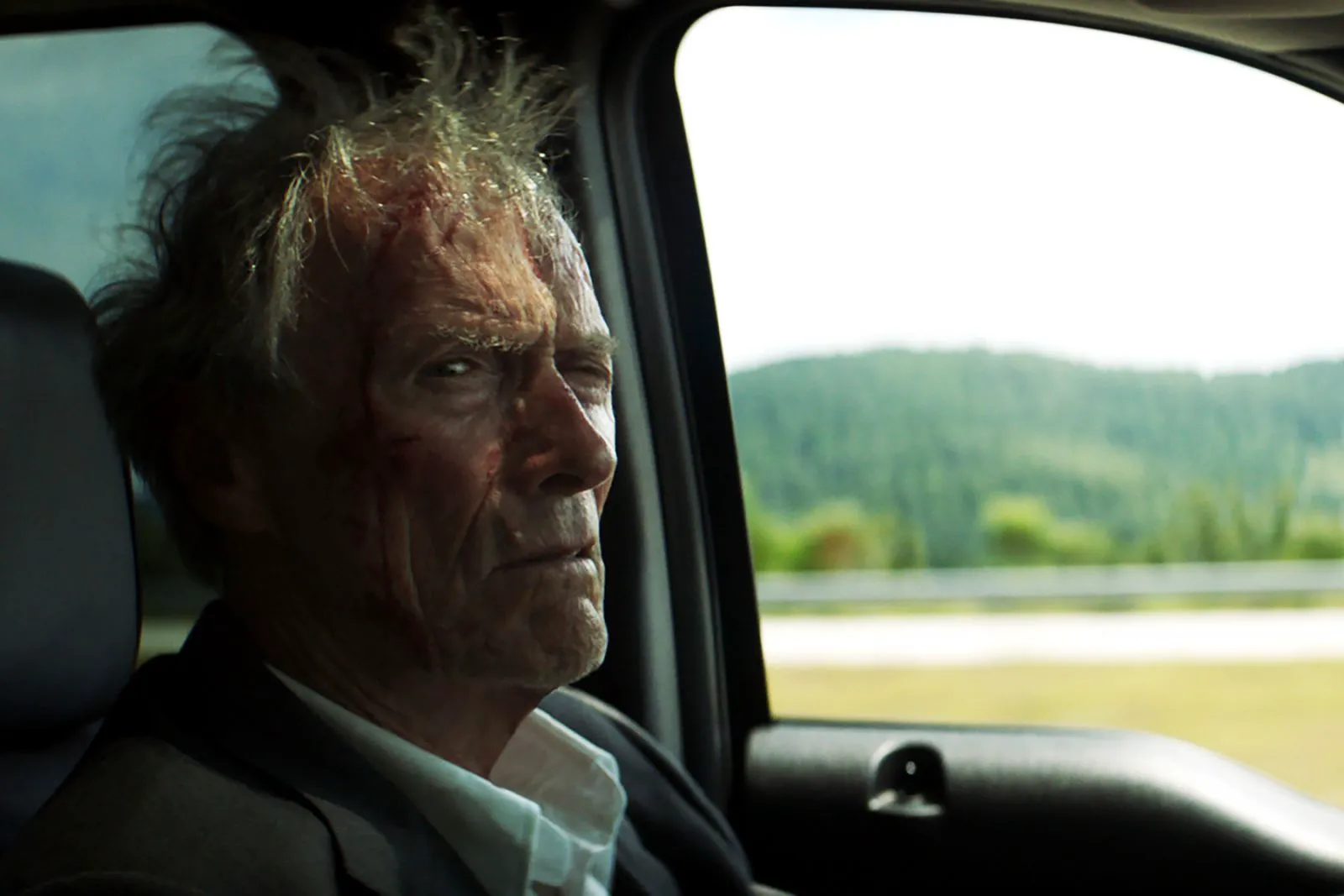
Eastwood’s Late-Career Bloom
Directing, as they say, is a craft that often peaks later in life. While many directors hit their stride in their forties or fifties, some struggle to maintain their edge as they age. Clint Eastwood, however, is a fascinating case. His distinct directorial style only began to emerge in his sixties, truly blossoming in his mid-seventies. Now, nearing 90, Eastwood seems determined to explore new creative horizons.
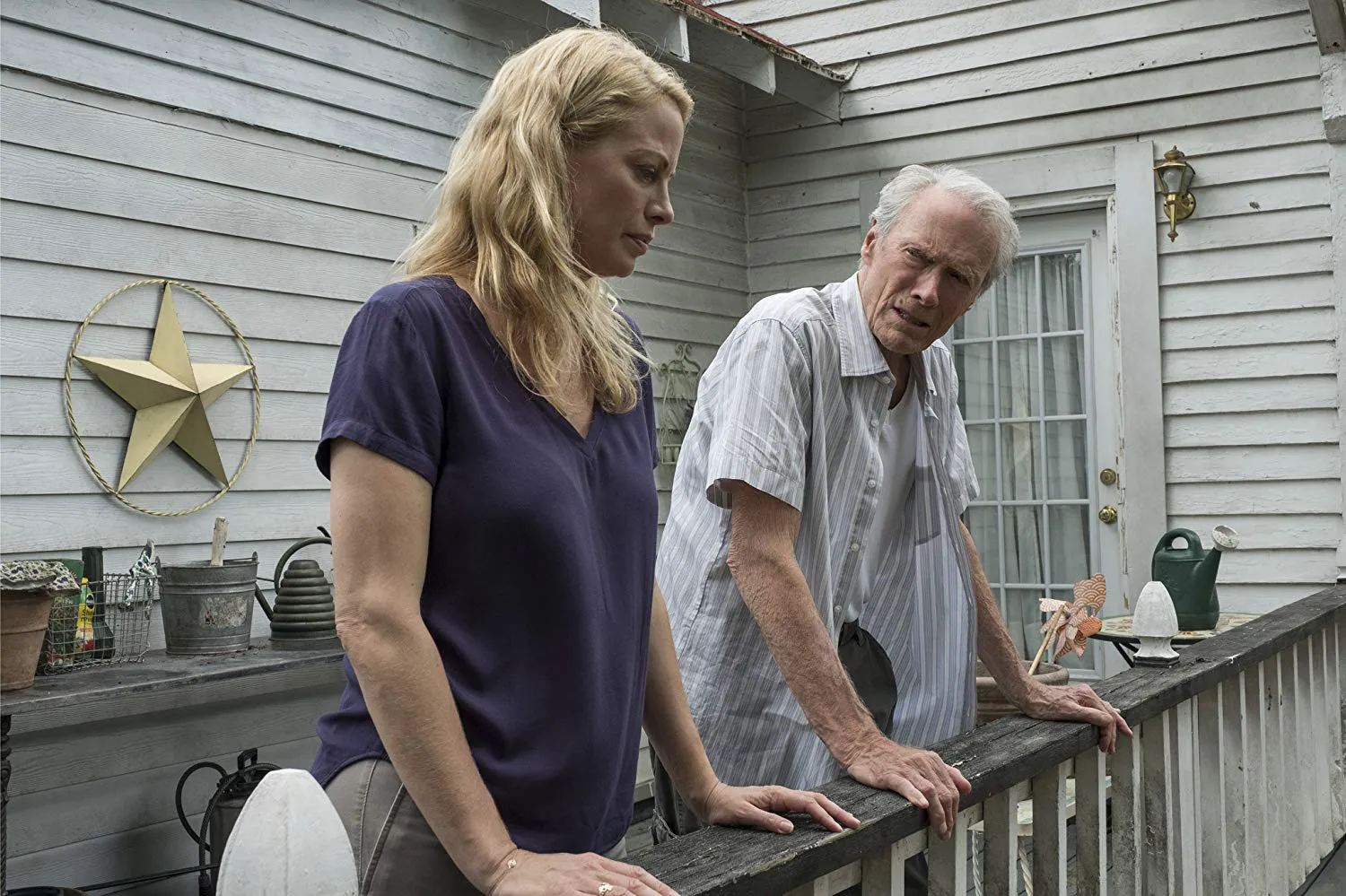
Last year’s “The 15:17 to Paris” was a formal experiment, casting the real-life heroes as themselves. However, the film lacked traditional heroism, focusing instead on mundane conversations and personal struggles. This approach was met with mixed reactions. In “The Mule,” Eastwood shifts from formal manipulation to a more direct engagement with content. What initially appears to be a spiritual successor to “Gran Torino” (sharing the same screenwriter and a veteran protagonist) evolves into a surprisingly tender and humorous indie film about family, love, and life’s simple joys.
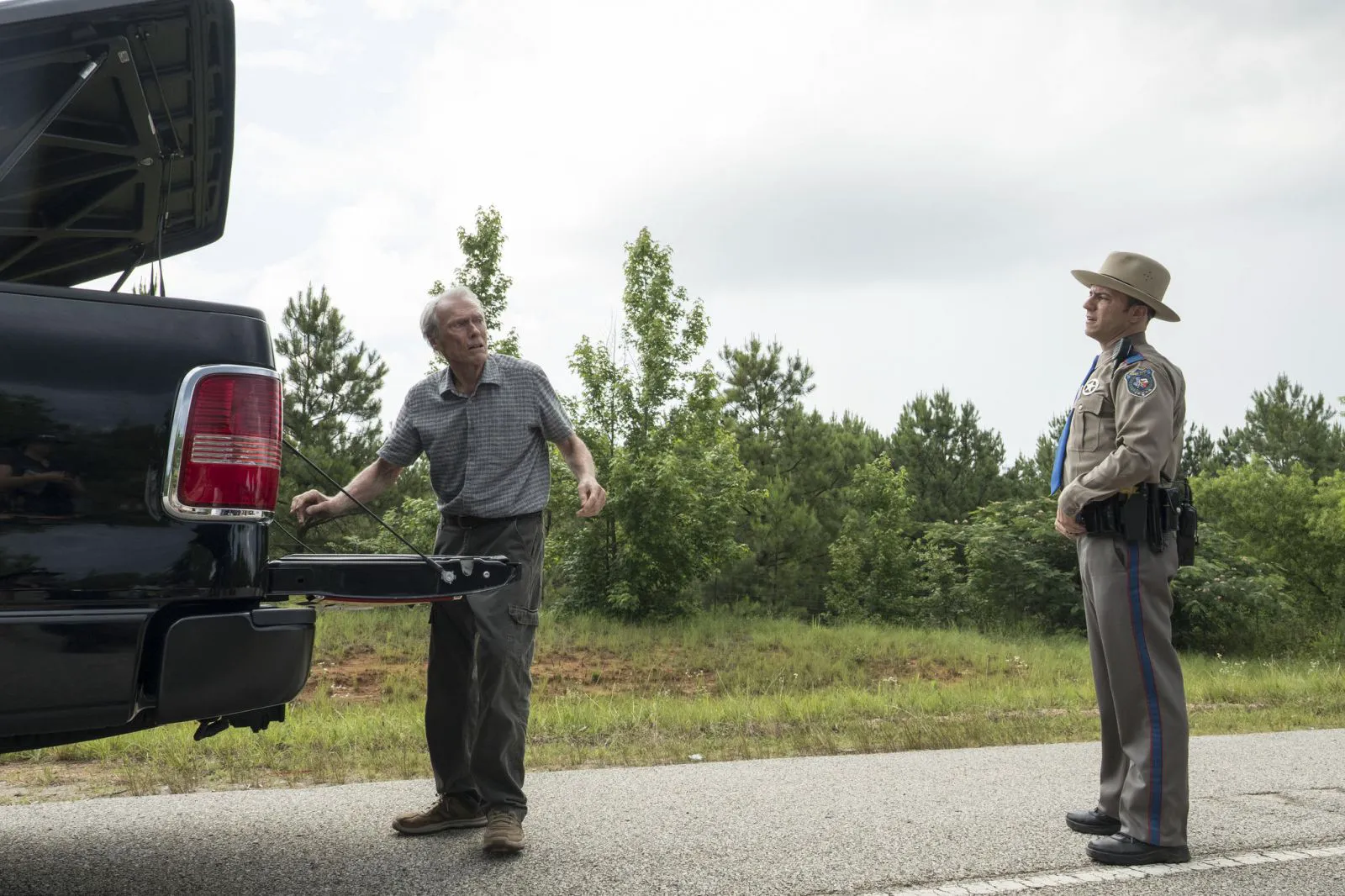
A Unique Blend of Tones
In its tone and central theme, “The Mule” bears a resemblance to “The Old Man & the Gun,” another 2018 film featuring a classic Hollywood icon engaging in age-defying antics. However, Eastwood, unlike Redford, occupies both sides of the camera, placing himself directly into the equation rather than allowing others to romanticize the character. While “The Old Man & the Gun” was subtle and understated, “The Mule,” true to its creator’s style, is bold and impactful.
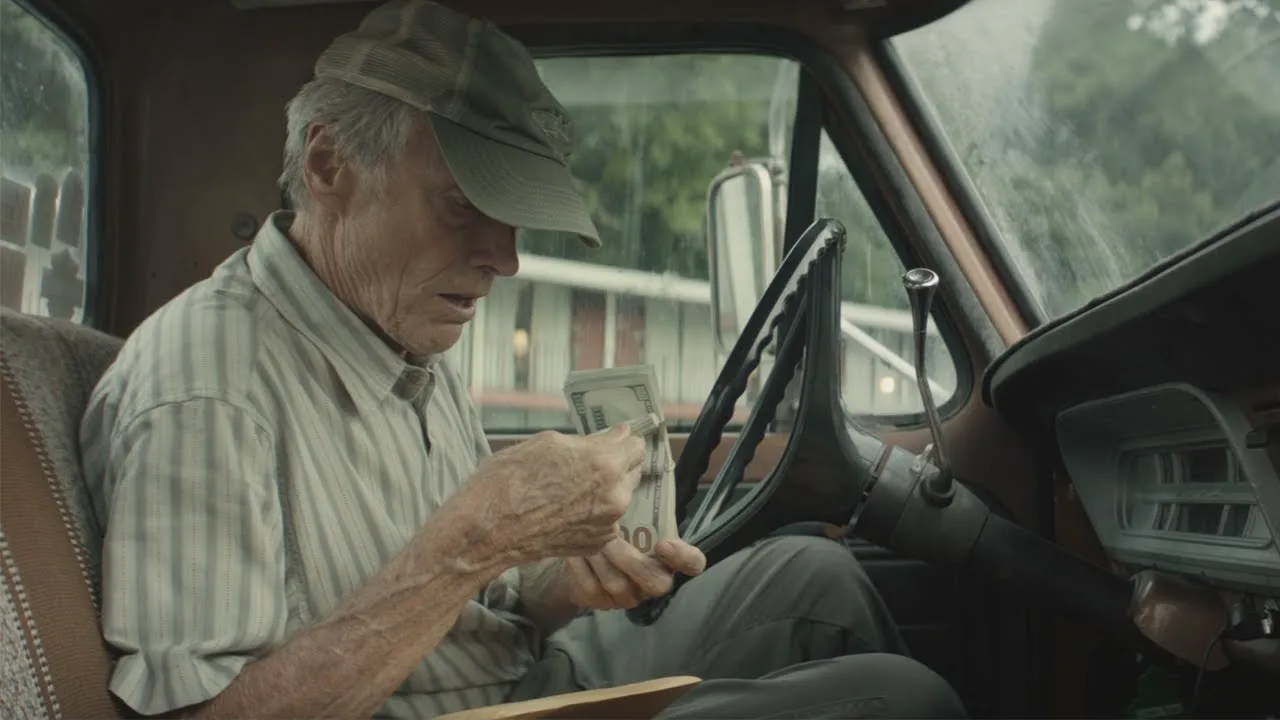
Eastwood, like his protagonist, understands that he can get away with overt melodrama, abrupt tonal shifts, lingering gazes at women, and even the use of a certain forbidden word. Because he’s old, because he’s from a different era, because he’s Clint Eastwood. At his age and with his cultural weight, he can state the obvious, as long as he remains sincere, engaging, and, ideally, funny. “The Mule” succeeds on all these fronts.
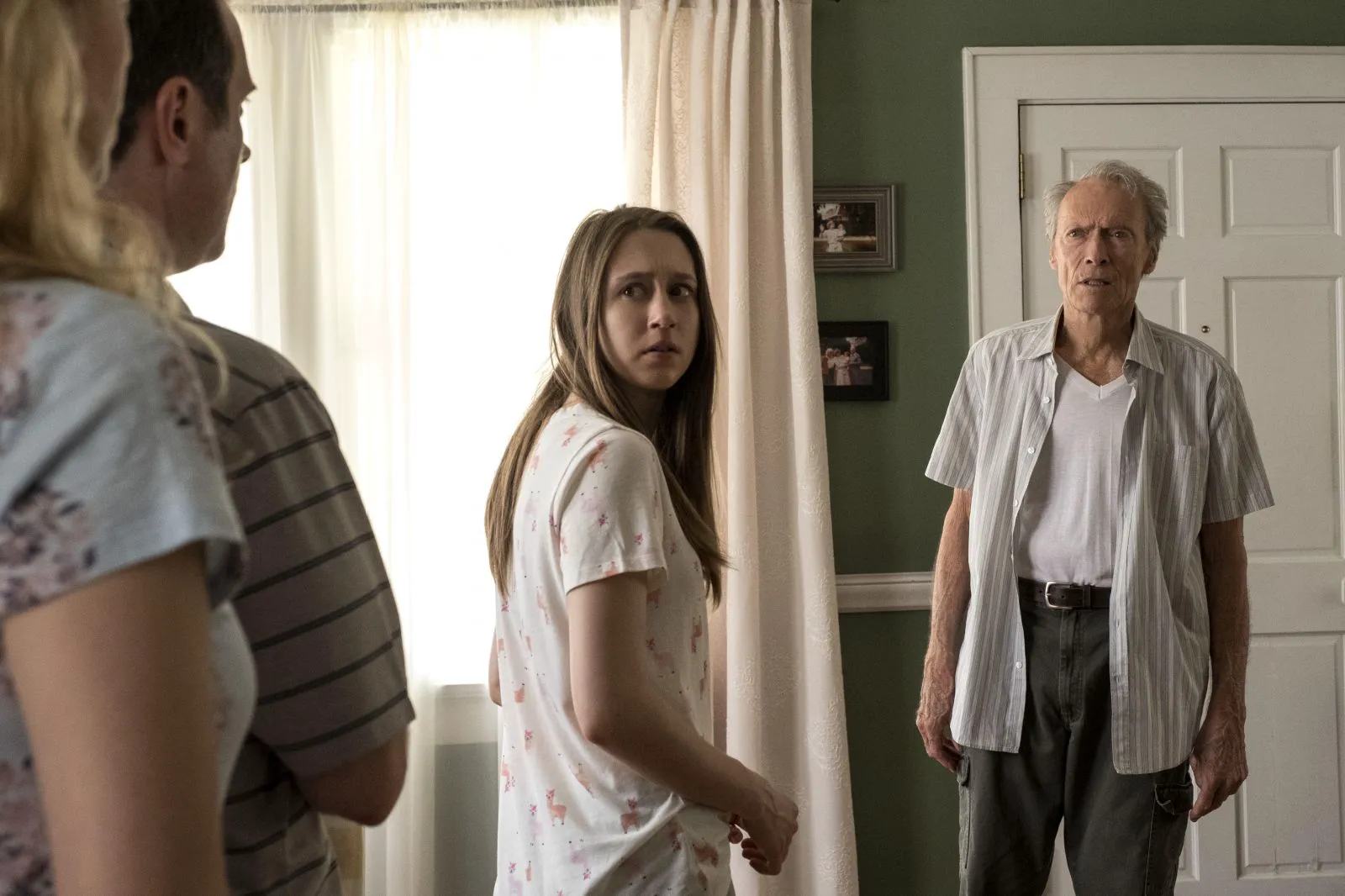
Contrasting Elements
Eastwood is acutely aware of his position and occasionally indulges in self-deprecating humor. For example, he juxtaposes Earl’s most poignant monologue with scenes of a Mexican hit squad searching for him, intending to inflict serious harm. “The Mule” thrives on contrasts: heightened drama alongside situational comedy, genre-driven thriller sequences against an overall lightheartedness. The dangerous world of drug trafficking transforms into a playground, with Earl’s optimism and childlike innocence softening even the most hardened gangsters.

Despite its potentially dark subject matter, “The Mule” features few truly negative characters. Bradley Cooper’s ambitious DEA agent (who should perhaps take a break from Lady Gaga and his own narcissism), his amusing partner Michael Peña, their boss Laurence Fishburne, and Andy Garcia’s hilarious portrayal of a drug lord are all sympathetic and, in essence, comedic figures. They are part of a larger game that functions smoothly until individuals who can’t enjoy the process enter the picture. This, according to “The Mule,” is the true evil: not drugs, not cops, and not Earl’s terrible selfishness, which he desperately tries to atone for, but people who take it all too seriously.
It’s intriguing that this conclusion comes from Clint Eastwood, whose most iconic characters are often intensely serious and stoic. His career is often seen as a struggle against his established pop-cultural image. Since “Unforgiven” in 1993, Eastwood has frequently portrayed his characters as broken, battered, and vulnerable. In this context, Earl Stone represents a logical next step. While he is a flawed old man who has made mistakes, he exudes a sense of unbroken spirit. If Eastwood previously had to put his characters through hell to achieve some semblance of harmony (often ending tragically), now harmony itself becomes the key to solving problems. He no longer needs to pretend. Clint can finally openly declare that, regardless of the dangerous activities his characters engage in, all he ever truly wanted was to grow flowers.